The Apple iPad Pro Review
by Ryan Smith, Joshua Ho & Brandon Chester on January 22, 2016 8:10 AM ESTApple Pencil
At this point it probably goes without saying that Apple Pencil has been one of the major points of focus for this tablet. With the iPad Air 2, I noted that a proper stylus and keyboard would go a long way towards making the iPad more productivity focused. It turns out that Apple’s solution to the stylus part of the equation is a custom design that they call the Apple Pencil.
As best as I can tell, this stylus is at least somewhat capacitive-based. If Apple’s marketing material is accurate, it mentions a change from the 120 Hz sampling rate of the capacitive touch screen in normal use to 240 Hz when the stylus is detected. In addition to simple touch, the stylus measures pressure, azimuth, and altitude. When discussing azimuth, we’re basically looking at the angle that the stylus makes with the plane of the display, while altitude is the angle that the stylus makes relative to the normal of the display.
Charging the stylus is pretty simple. Included in the box is a female to female Lightning connector, so you can use a Lightning to USB cable to charge the stylus with either an AC adapter or a powered USB port. Of course, there’s also the case where you’re trying to charge the device on the go, in which case the stylus can be charged directly from either the iPad Pro or an iPhone. A lot of people have pointed out that this is a rather inelegant method of dealing with charging on the go, but given that the primary method of charging is through a Lightning connector I don’t really see any other solution to this problem, especially without compromising the ergonomics that come with the current design. Charging the stylus happens quickly enough that I never felt that it was a limiting factor in usage.
Apple Pencil itself is a comfortable instrument to write with. Unlike most styluses on the market designed to fit in a tablet or smartphone the body has a sufficiently large diameter that gripping it isn’t difficult for extended periods of time. The pencil also has an uneven weight distribution, which means that it won’t roll off of tables, though not so uneven that it's noticeable in the hand. The one problem worth noting here is that Apple Pencil is glossy plastic. After extended use I noticed that finger oil and lint had a tendency to produce an uncomfortable sensation. A matte soft touch texture may make more sense here, but that would introduce additional issues with the finish wearing off with extended use.
Credits to Nina Ling and Cory Ye respectively
Of course, the important part here is writing with the stylus. Although I’ve already discussed the application of note taking in class before, in the time since my initial remarks on the iPad Pro I decided to do an entire project report on Apple Pencil in order to get a better feel for the stylus and its usability. This was done for a digital logic project in which we were required to draw out finite state machine diagrams, truth tables, block diagrams, and other portions of the design. I would estimate that over the course of this project, I spent at least 4 hours a day using the iPad Pro for 2-3 days.
One of the most immediate observations I had was that in some ways, the iPad Pro with Apple Pencil is far and away superior to pencil and paper. Even using the rather spartan Notes app this became clear. There were multiple cases throughout this project where a change that would have been difficult to make with pencil and paper was relatively simple to do so with Apple Pencil and the iPad Pro. For example, in cases where extra precision was needed it was possible to zoom in to erase a portion of text precisely. When an erasure was done poorly or on accident, reverting it was trivial as well. The project report, which eventually spanned 16 pages in length was synced to iCloud and was accessible from laptops and smartphones, which meant that it would be difficult, if not impossible to lose accidentally. It’s also noticeably more convenient to carry around an iPad Pro rather than a folder filled with paper. Along the same train of thought, drawing long truth tables with the straightedge function of the Notes app is much easier than carrying around a ruler everywhere. It was also great to have the project requirements and the notes application open side by side, which meant that there wasn’t a need to print out the project spec.
One notable problem that I did encounter with the Notes app is when the work I was doing spanned more than one page/sketch. An example of this would be cases where I would have to construct a state table based upon a state diagram that was sketched based upon the project requirements. If the state diagram was on a separate page, then I would simply have to switch back and forth between the two sketches or save the relevant sketch as an image to view in the gallery application, which felt a bit clunky.
The other issue, as it turns out, was getting the sketches off of the iPad Pro onto my laptop once I was ready to turn my work in. On the plus side, because all of my sketches were already digitized there was no need to locate a scanner and generate images or PDFs. However, the Notes app felt noticeably constrained in terms of export options. For example, there was no way of turning the 16 sketches I had drawn into a PDF on the device. I also discovered that as of iOS 9.2 attempting to save all sketches as images was broken as only 5 of the 16 sketches were saved to the gallery. Exporting the sketches by attaching them to an email was also unacceptable as the email export resolution was nowhere near native resolution. In the end, in order to get all of the sketches I had made off of the iPad in full resolution I had to manually select each sketch and save it to the gallery, before uploading all of the images to Dropbox. From my laptop, I could then put all of the images together into a PDF or some other acceptable format for submission.
However, despite these issues I found that the iPad Pro was remarkable for doing what very few tablets have really succeeded at. The iPad Pro actually feels comparable to pencil and paper to the extent that I never once felt like I wanted to go back to pencil and paper while doing the final project. Both the display and the stylus have sufficient resolution to the extent that precise work is easily achieved. The feel of the stylus feels like a good pen or pencil, without odd weight distribution problems.
Latency is also exceptionally low compared to most consumer solutions. Out of curiosity, I borrowed a Wacom Cintiq connected to a Macbook Air with an Intel i5 4250U CPU (Haswell 1.3/2.6 GHz) to do a basic latency comparison. Using Adobe Photoshop on the Wacom Cintiq and Adobe Photoshop Sketch on the iPad Pro and a high speed camera, I attempted to characterize latency by using a simple pen tool (3 px, full flow) by measuring the delta in time from when the pen was at a specific point and when inking reached the same point.
| Stylus Latency - iPad Pro vs. Wacom Cintiq | ||||
| iPad Pro (Photoshop Sketch) |
Wacom Cintiq (Photoshop) |
|||
| Latency | 49ms +/- 4ms (3 frames) |
116ms +/- 4ms (7 frames) |
||
After a few trials I measured an approximate latency for the iPad Pro of roughly 49ms or 3 frames of delay, while the Wacom Cintiq in this configuration had roughly 116ms or ~7 frames of delay. It’s worth mentioning here that the camera I used was recording at 240 FPS, so these figures could be off by around 4ms even before accounting for human error. Although the Cintiq 22 HD does have higher latency, I wouldn’t put too much into this as it’s likely that a more powerful computer driving the display would narrow, if not eliminate the gap entirely.
For reference, I estimated the Surface Pro 3 to have about 87 ms or 5-6 frames of delay, and the Surface Book to have about 69 ms or around 4 frames of delay. However, in the case of the Surface devices I was using Fresh Paint, which is a drawing application that isn't exactly comparable to Photoshop but is sufficient for comparison purposes. To give an idea for how much the application has an effect on latency, the Apple Notes app has roughly 38 ms or around 2 frames of latency from when the stylus tip passes over one point to when the inking reaches the same point.
While not strictly hardware, the software equation is really a critical part here as there are actual applications for the Apple Pencil which make it possible to use right now. An example of this would be OneNote, uMake, and Adobe Comp CC/Photoshop Sketch. Some of these applications work shockingly well like Photoshop Sketch, while something like OneNote feels relatively sparse by comparison as pretty much the only thing you can do with the stylus is draw simple lines with pressure sensitive thickness, with some automatic conversion of drawings to basic geometric shapes. With the right software, I can easily see the iPad Pro completely displacing traditional note-taking in light of obvious advantages that would come with OCR and digitizing notes for easy search.


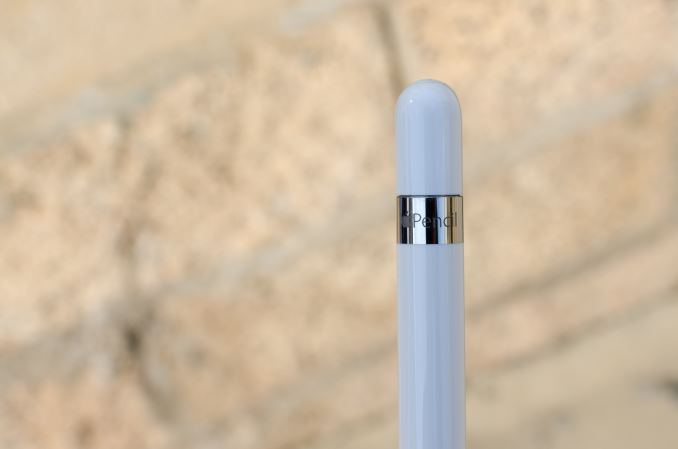
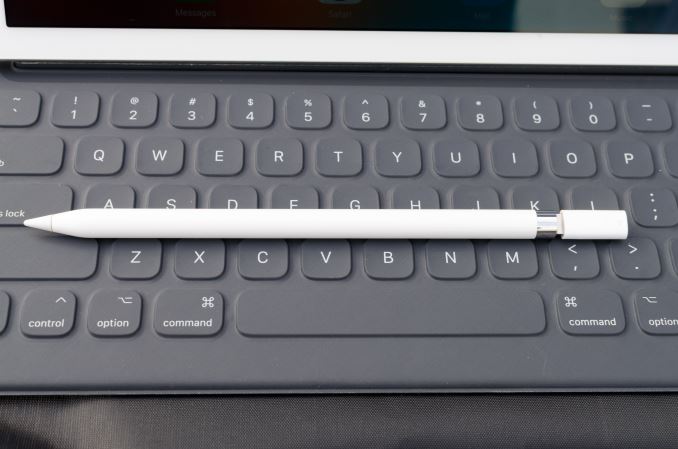
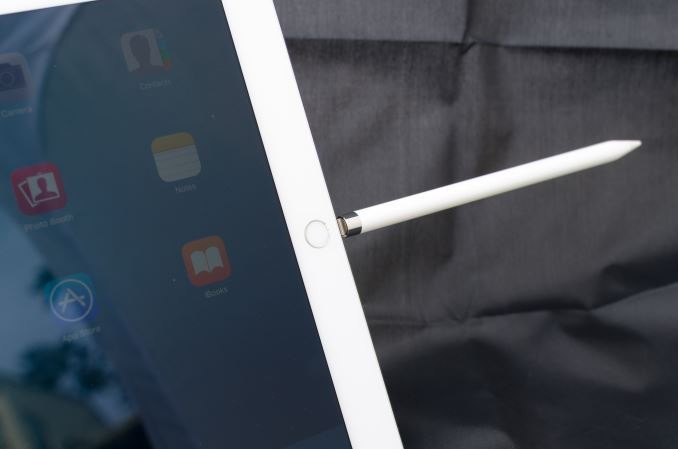

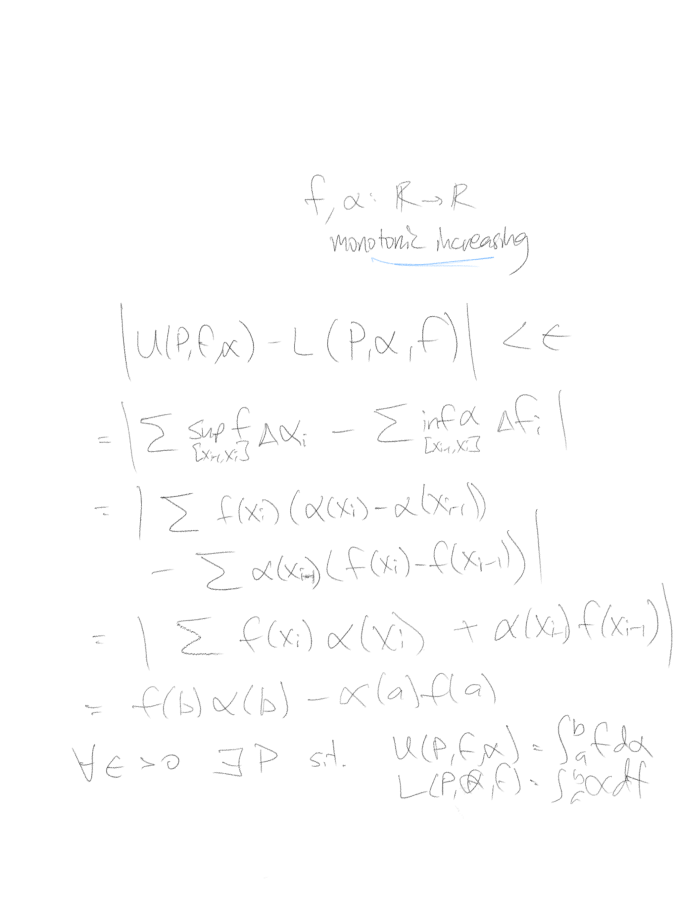
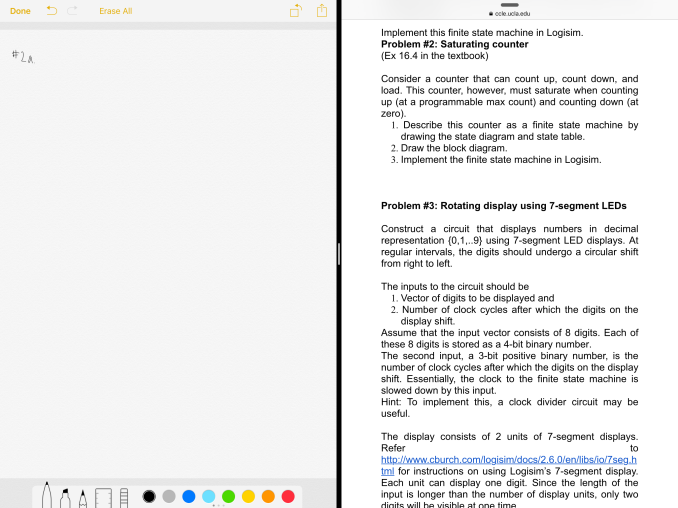
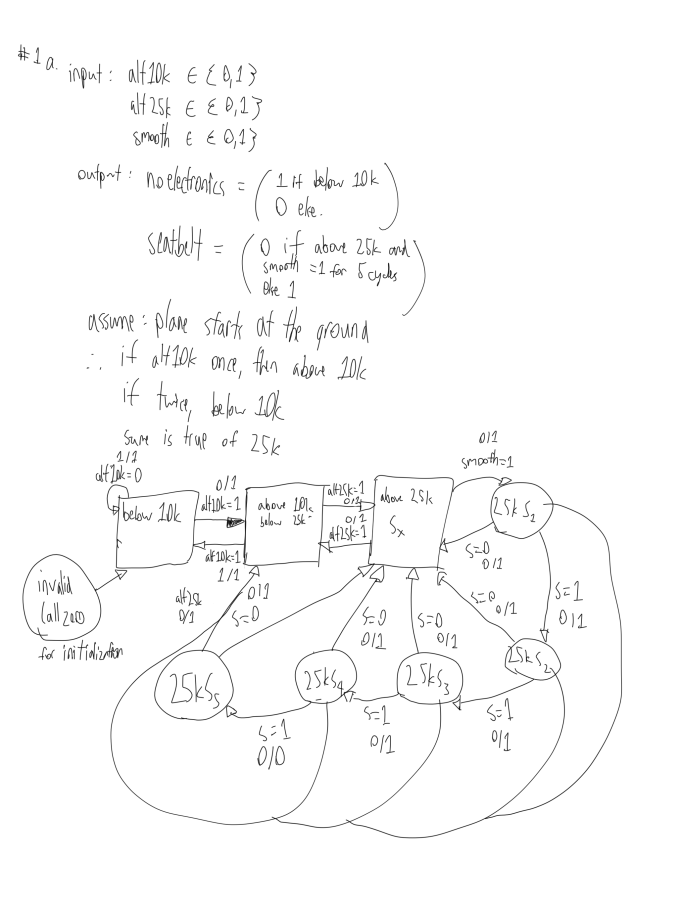
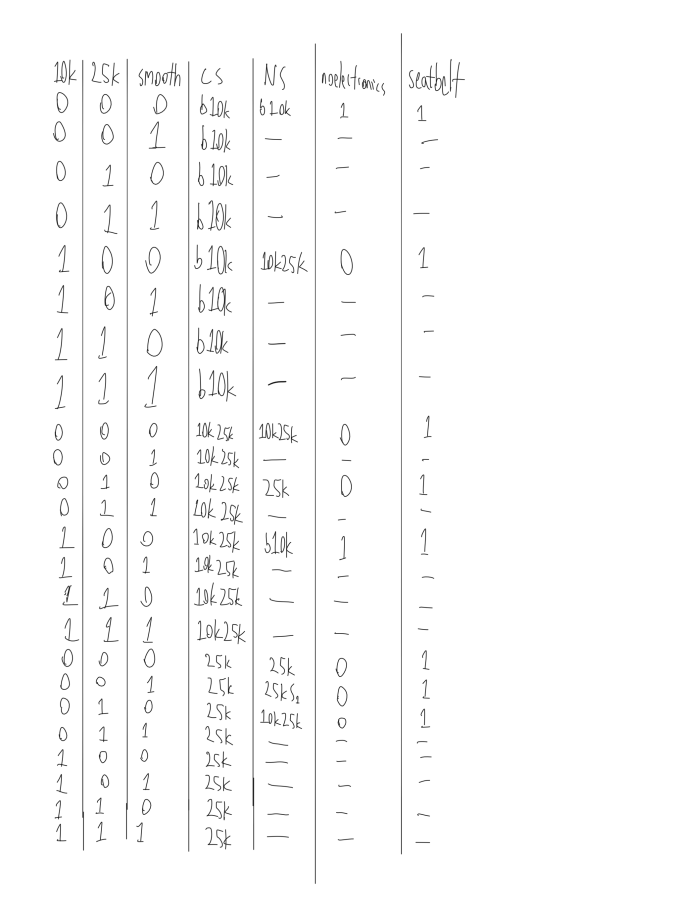

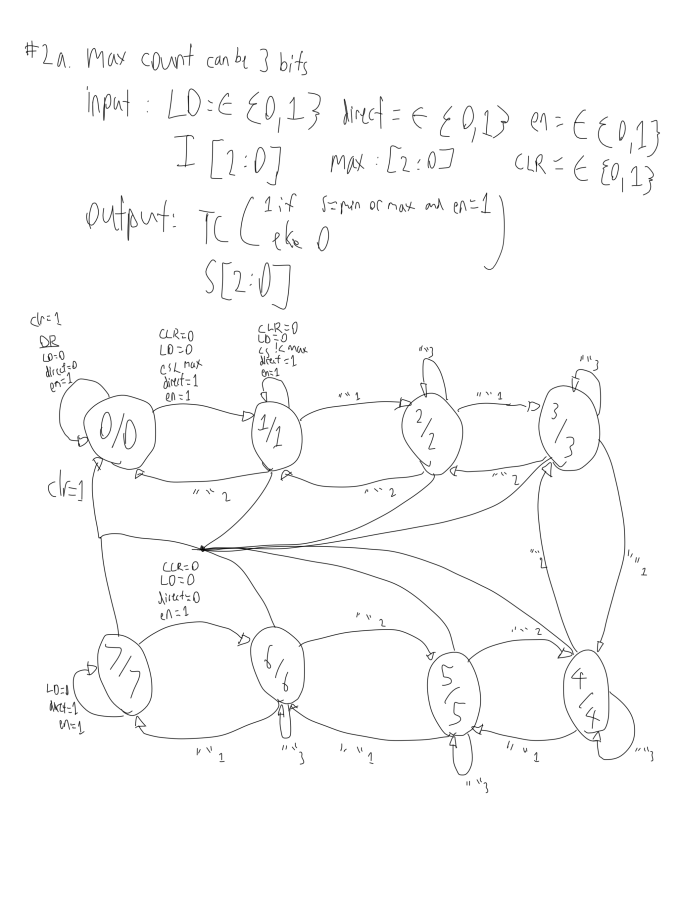
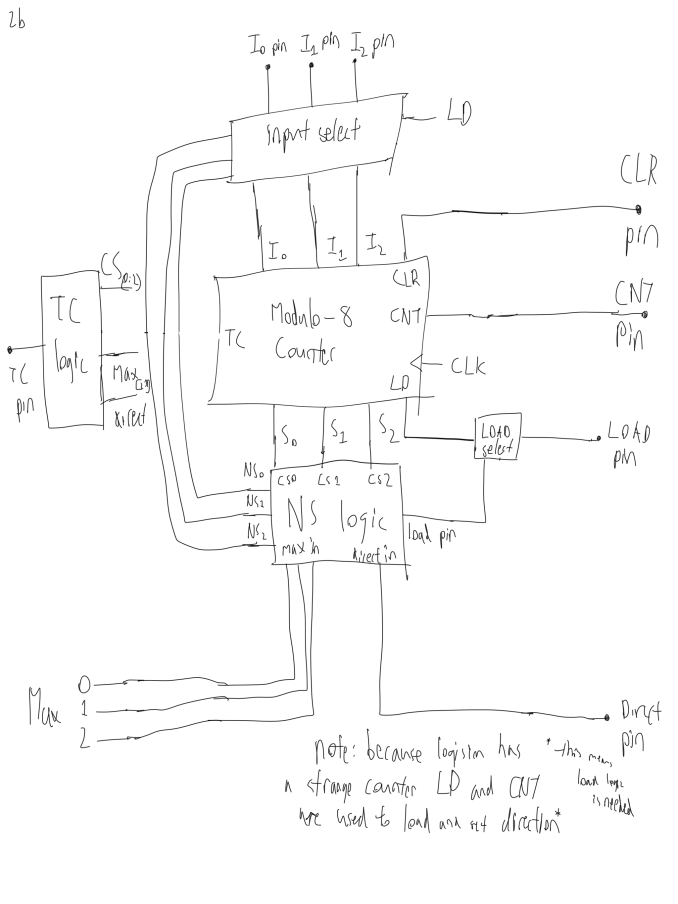
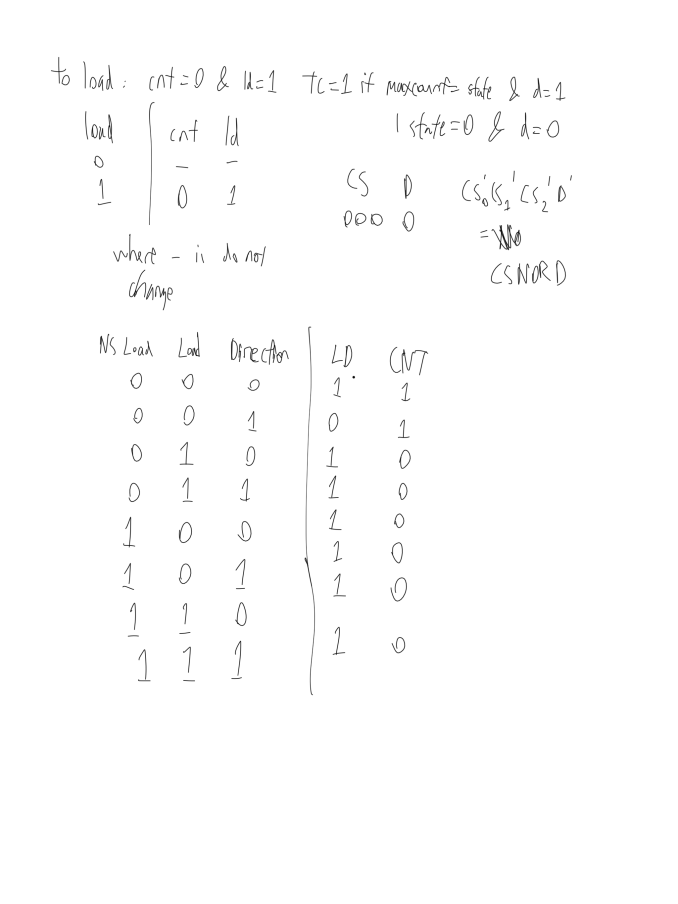
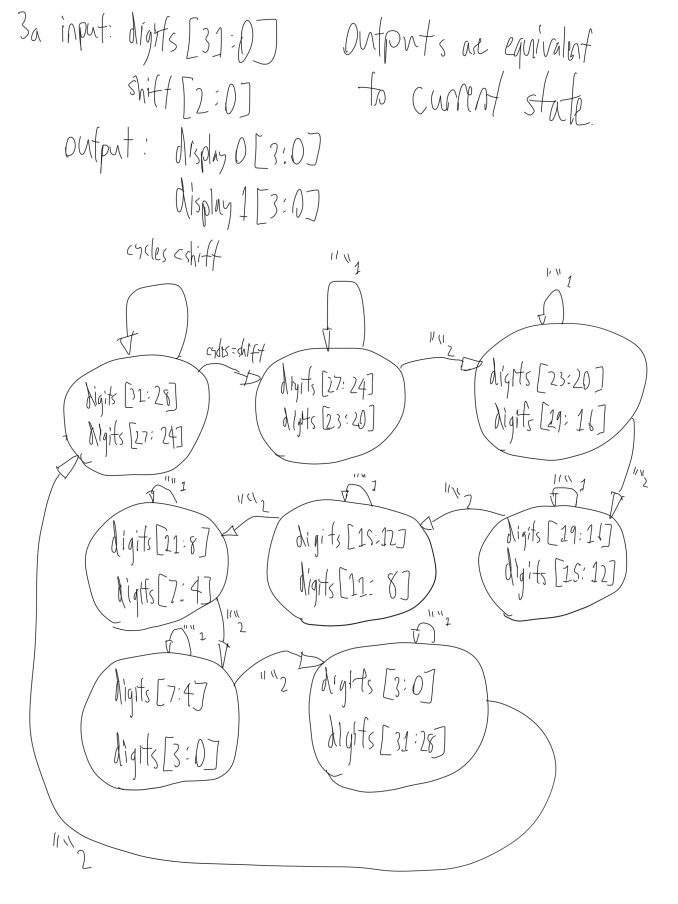

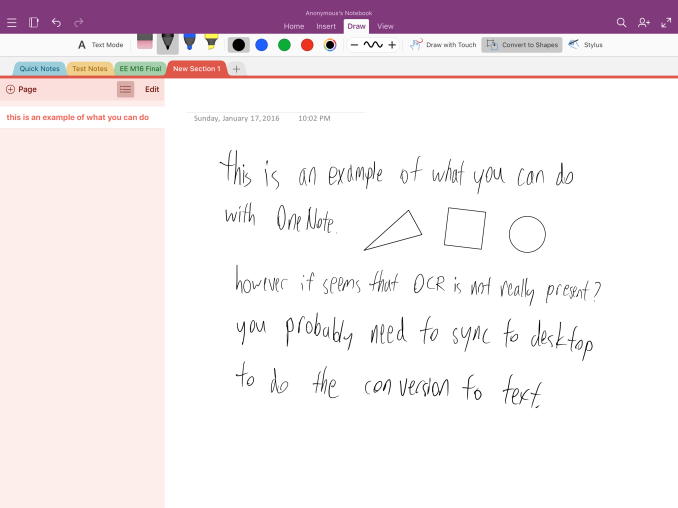








408 Comments
View All Comments
tim851 - Friday, January 22, 2016 - link
"Pro" is just a marketing moniker. There are smartphones that carry it.Apple wants iOS to succeed. People wonder if OSX will come to the iPad, I think Apple would rather consider bringing iOS to Macs. They are fanatical about simplicity and an iPad with iOS got that in spades.
And that's why they are taking the opposite approach of Microsoft.
Microsoft is trying to make their desktop OS touch-friendly enough. Apple is trying to make their touch OS productive enough.
Windows devs are by and large ignoring Metro, the tough UI, and just deploy desktop apps. Apple wants to force devs to find ways to bring professional grade software to iOS.
I'm quite happy that the two companies are exploring different avenues instead of racing into the same direction.
ddriver - Friday, January 22, 2016 - link
"I'm quite happy"People should really have higher standards of expectations, because otherwise, the industry will take its sweet time milking them and barely making any increments in the value and capabilities of their products. They won't make it better until people demand better, the industry is currently in a sweet spot where it gets to dictate demand, by lowering people's expectations to the point they don't know and can't even imagine any better than what the industry makes.
People should stop following the trends dictated by the industry, and really should look beyond that, which the industry is willing to do at this point, towards what is now possible to do and has been for a while really. Because otherwise, no matter how much technology progresses, this will not be reflected by the capabilities of people, if it is up to the industry, it will keep putting that into almost useless shiny toys rather than the productivity tools they could be.
exanimo - Monday, January 25, 2016 - link
ddriver, I want to start out by commending you on your writing and ideas. Top notch, really.I also really enjoy your idealist approach to saying that people should be dictating the industry, rather than vice versa (seriously). My only question is how can one do that as a consumer? Is seems to me that we have little or no choice but to follow trends because Google, Apple, and Microsoft are becoming too big to fail.
A perfect anecdote would be BlackBerry's OS10. They came late to the show (after they realized you can be too big to fail when you become stagnant) and released a technically superior mobile OS that had the consistency and reliability of iOS, with the control and versatility of Android. On top of that was the use of gestures and an amalgamated hub for messages. I wish I had a choice to use this operating system, but the writing on the wall says that it will collapse within the next 2 years. This is because they're still losing market shares and people are not supporting applications.
There is innovation, but it's stomped out by these huge companies and THE PEOPLE that dictate which OS to develop for.
The Hardcard - Friday, January 22, 2016 - link
What software do you use that came out in 1981 when the PC launched. Probably none. Virtually guaranteed none. It is surprising the lack of forward vision sometimes. In five years there will be plenty of professional software on iOS, to run on the significantly more powerful iPad Pro Whatever. The writing is on the wall.ddriver - Friday, January 22, 2016 - link
There were barely any software development tools back then, and barely any software developers for that matter. Today there is plenty of software development tools, and plenty of software developers, plus mobile devices have been around for a while. Yet none of those seems to produce any professional software, despite all the time and the fact the hardware is good enough. As I said earlier, this is entirely due to the philosophy, advocated for mobile devices - those should not be tools for consumers to use, but tools through which the consumers are being used. This market was inventing for milking people, not for making them more capable and productive.andrewaggb - Friday, January 22, 2016 - link
I think it really goes back to what a person needs to be productive. For some people that is just a web browser (eg chromebook). I have no doubt that the iPad pro may be productive for some people/uses and be everything they need in a computing device.In my case, as a windows/linux/web software developer I need a windows machine (or vm), with visual studio, sql server, eclipse, postgres, ms office, and various supporting apps. For me a chromebook or ipad is not a pro device or really even useful. I have various co-workers with SP3/4's + dock that drive dual screens and peripherals and get by ok. I like to run vm's and various other things that cause 16gb of ram to not be enough, so I'm stuck in desktop/premium laptop territory. I really don't mind that.
Personally - I barely use my ipad air and ended up installing crouton (ubuntu) on the chromebook. I'm sure other people are different.
Different devices for different kinds of professionals.
lilmoe - Friday, January 22, 2016 - link
Your point?$1000 laptops (even from Apple) are MUCH more powerful already, and they will get even more powerful. Same can be said about $1000 Windows 10 tablets. Technology will always progress, this isn't restricted to iPads.
Why is everyone trying to make iOS for professional productivity a thing? Why torture ourselves? Do you guys really believe it's only about computing power, which by the way isn't nearly close to being adequate? Good luck moving that 200GB RAW 4K video clip on that thing, let alone edit it. Good luck using it for 3D modelling and engineering. Good luck writing and compiling software...
As pointless as the new Macbook was, it sure as heck is a lot better than this thing for what it's advertised for...
This is an accessory, NOT a pro product. "The writing is on the wall"...................
ddriver - Friday, January 22, 2016 - link
"Why is everyone trying to make iOS for professional productivity a thing?"You ENTIRELY miss the point, which is "why is NOBODY doing it". It is a computer, REDUCED to an accessory, which COULD be THAT MUCH MORE USEFUL.
Actually, using OpenCL even mobile hardware can process high resolution video faster than a good video workstation was capable not 5 years ago. The hardware is perfectly capable of audio, video editing, 3d modelling, graphics, engineering, software development and whatnot. It is not as fast as the fastest desktop workstation, but it is fast enough to do the job, while still being very portable. All it lacks is the software to do it.
lilmoe - Friday, January 22, 2016 - link
Cool story, nice mood swings, you're amazing. lolBut still. Why torture yourself with iOS running on crippled "hardware", when there are devices that do iPad stuff better than iPads, run desktop class OSs and already have the software you need for the engineering and productivity stuff.
Because buying multiple devices to accomplish one task is a better thing to do?
ddriver - Friday, January 22, 2016 - link
What a touching attempt at condescending cynicism. Alas, as always you get things the wrongest way possible. Those capitalized words were not the product of mood, but motivated by your poor cognitive abilities, a last resort attempt at making the painfully obvious a tad more obvious, so that hopefully, you could finally get it. Unfortunately, you seem to be entirely hopeless."Because buying multiple devices to accomplish one task is a better thing to do?"
It is you who advocates such things. My point is exactly that - given the proper software, an ipad would be all that is needed, no need to buy an ipad AND a laptop to get your work done.
And that would be the last set of keystrokes I waste on you. Seriously dude, invest some time in improving yourself.